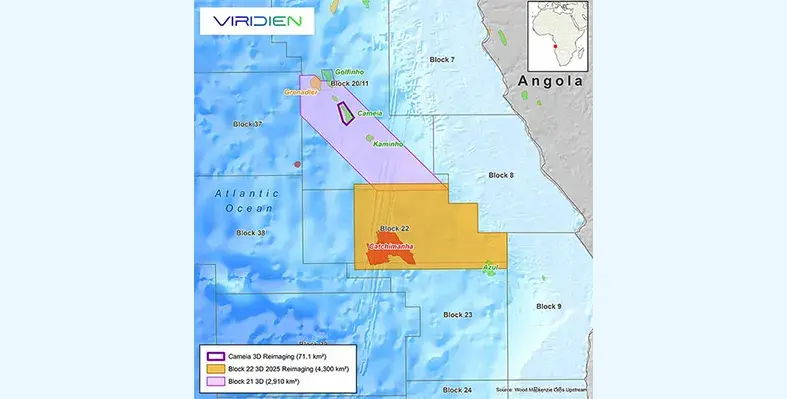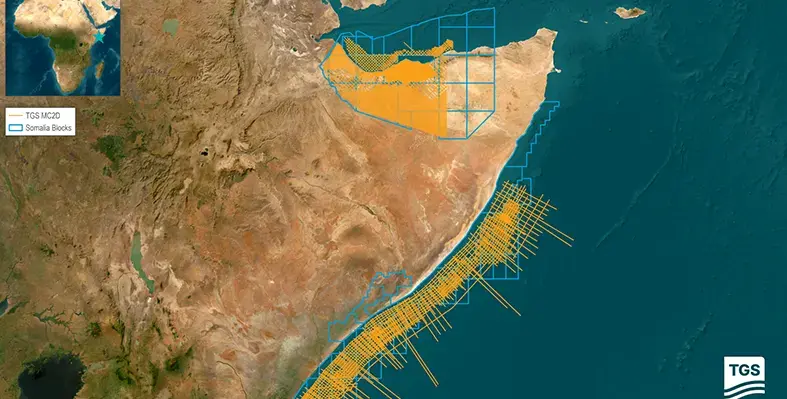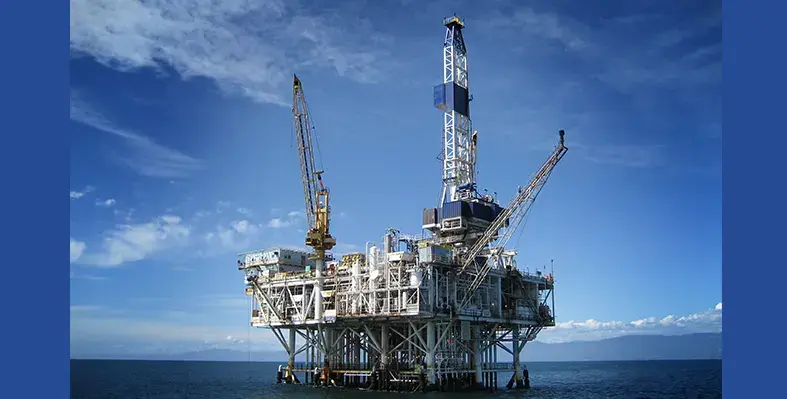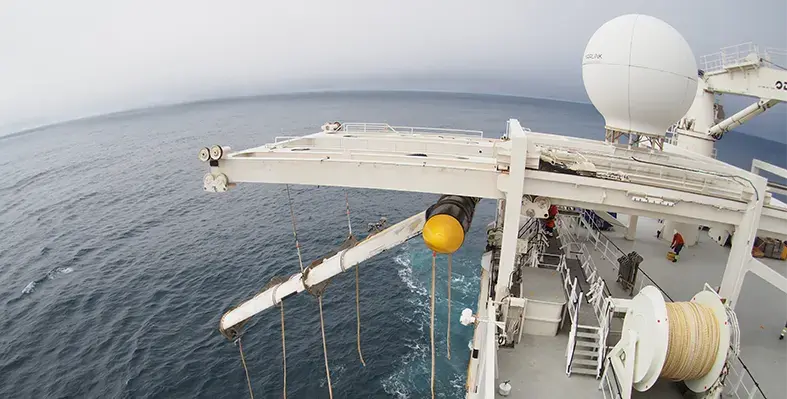Shearwater Geoservices has partnered with Harvex Geosolutions and the Nigerian Upstream Petroleum Regulatory Commission (NUPRC) to begin fresh multi-client seismic project offshore Nigeria
Supported by strong industry funding, the 3D survey is set to start in December 2025. Shearwater is gearing up to deploy its high-end vessel SW Duchess for the project, whereby it will be operational over a period of two months. It will heavily support survey work for extracting high-resolution subsurface data across the Western Niger Delta Basin which, in turn, will influence significant exploration decisions and future license rounds in one of West Africa’s most prospective oil and gas regions.
“This project underscores the growing momentum of our multi-client business and our key role in supporting exploration across key global basins,” said Irene Waage Basili, CEO of Shearwater. “By investing in high-quality seismic data, where we can both capture rapid returns and create longer-term value, we are enabling smarter decisions and helping to shape the future of energy security in West Africa and beyond.”
Previously, Shearwater also announced service contract offshore Ghana, carrying out the region's first deepwater Ocean Bottom Node (OBN) seismic survey in the Jubilee and TEN fields. This contract was a result of the company's already well-established presence in West African regions, including the deployment of the SW Tasman vessel and Pearl node OBN platform. Since late 2024, these platforms have been instrumental in conducting OBN surveys across the region, starting with Côte d'Ivoire, and continuing with surveys in Angola.








